Physically the Mk XIs had a deeper nose fairing to accommodate a larger 14.5 gal oil tank and used the unarmoured, wrap-around PRU windscreen. Booster pumps for the wing tanks were fitted and covered by teardrop shaped fairings under the wings. Retractable tailwheels were fitted as standard and the majority of the Mk XIs built had the later large-area pointed rudder. 260 Mk XIs were powered by Merlin 61, 63 or 63A engines, while the remaining 211 used the high-altitude Merlin 70. All of the Merlin 70 and 198 of the Merlin 60 series aircraft were fitted with the Vokes Aero-Vee dust filter in the extended, streamlined carburettor air intake under the nose.[48] All Merlin 60 powered aircraft featured the fuel cooler in the port leading edge wing root. The radio installation was either the VHF TR.1133 or TR.1143 fitted with the "Rebecca" beam approach equipment.
Additional slipper drop tanks could be fitted under the centre-section; in common with the Mk IX these could be 30, 45 or 90 gal capacity and, for the Mk XI, a tank of 170 gal capacity was also available.
Spitfire PR Mk XIs were capable of a top speed of 417 mph (671 km/h) at 24,000 ft (7,300 m) and could cruise at 395 mph (636 km/h) at 32,000 ft (9,800 m). Normally Spitfire XIs cruised between these altitudes although, in an emergency, the aircraft could climb to 44,000 ft (13,000 m) However, pilots could not withstand such altitudes for long in a non-pressurised cockpit without suffering from serious physiological effects.
At first, production of the PR Mk XI was delayed because development of the Mk VII and VIII series was delayed. As a result, it was decided to base the Merlin 60 powered PR aircraft on the MK IX airframe. Production was further threatened because of a dispute over RAF PR doctrine: in early 1943, because the new PR Spitfire was delayed, the Air Ministry proposed that all PR units be converted to de Havilland Mosquitoes. After further analysis the Air Staff agreed that Mosquitoes could perform 90% of PR missions so the Spitfire production for only 10% of PR units was mooted. Air Vice Marshal John Slessor, head of Coastal Command pointed out that the Spitfire was smaller than the Mosquito, used half the number of Merlin engines and was faster, more manoeuvrable and quieter and, therefore production should be increased, not reduced. As a result, the Air Staff decided that PR Mk XI production should be accelerated at the cost of the fighters.
The first Mk XIs were built in November 1942: from April 1944 production ran concurrently with the PR Mk XIX before ending in December 1944, when they were phased out in favour of the Mk XIX. In total 471 Mk XI were built by Supermarine.
Specifications
General Characteristics
- Predecessor WW2-Aircraft-Challenge[Closed]
- Created On Android
- Wingspan 38.3ft (11.7m)
- Length 26.7ft (8.1m)
- Height 13.9ft (4.2m)
- Empty Weight 6,223lbs (2,823kg)
- Loaded Weight 9,133lbs (4,142kg)
Performance
- Horse Power/Weight Ratio 0.109
- Wing Loading 35.9lbs/ft2 (175.1kg/m2)
- Wing Area 254.6ft2 (23.7m2)
- Drag Points 1488
Parts
- Number of Parts 53
- Control Surfaces 9
- Performance Cost 331

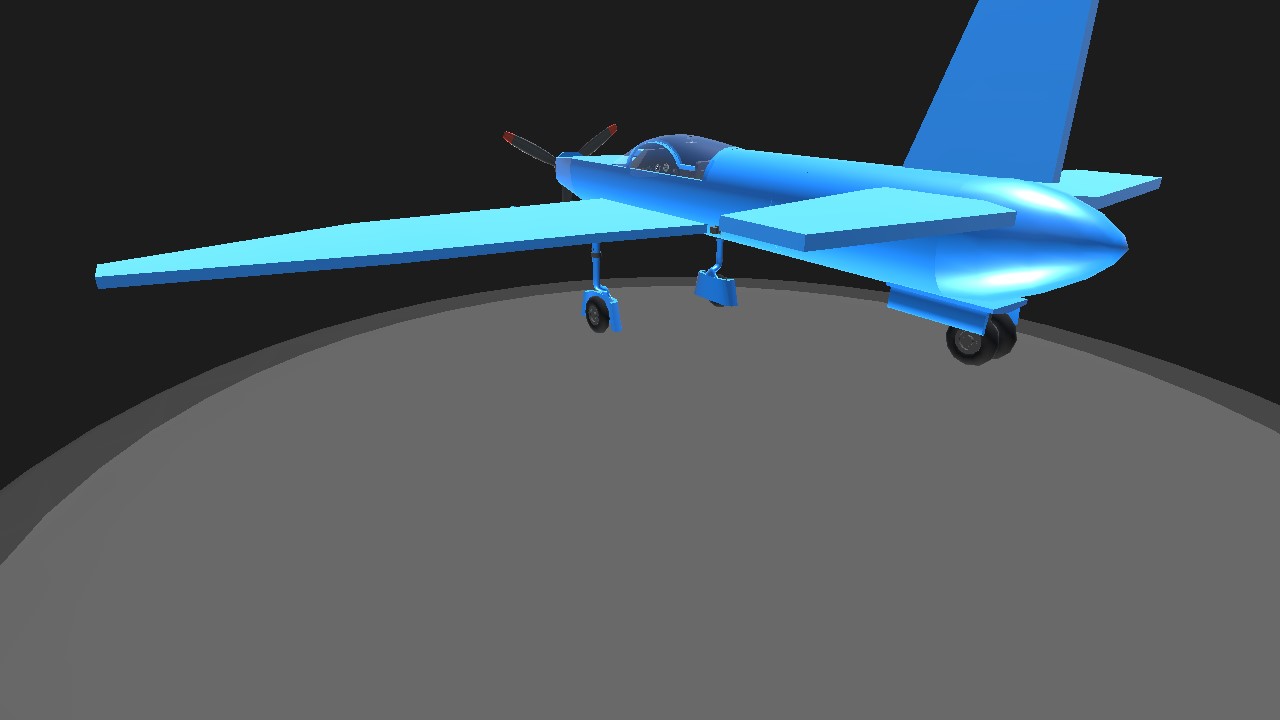
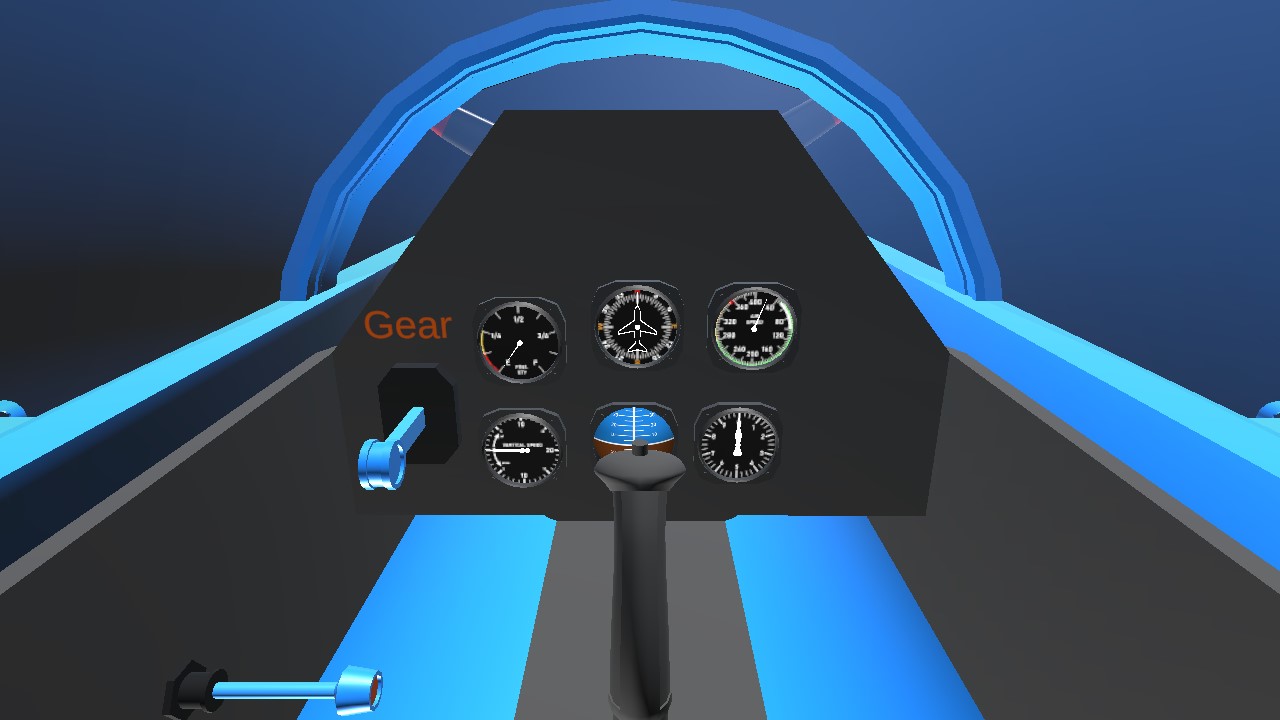
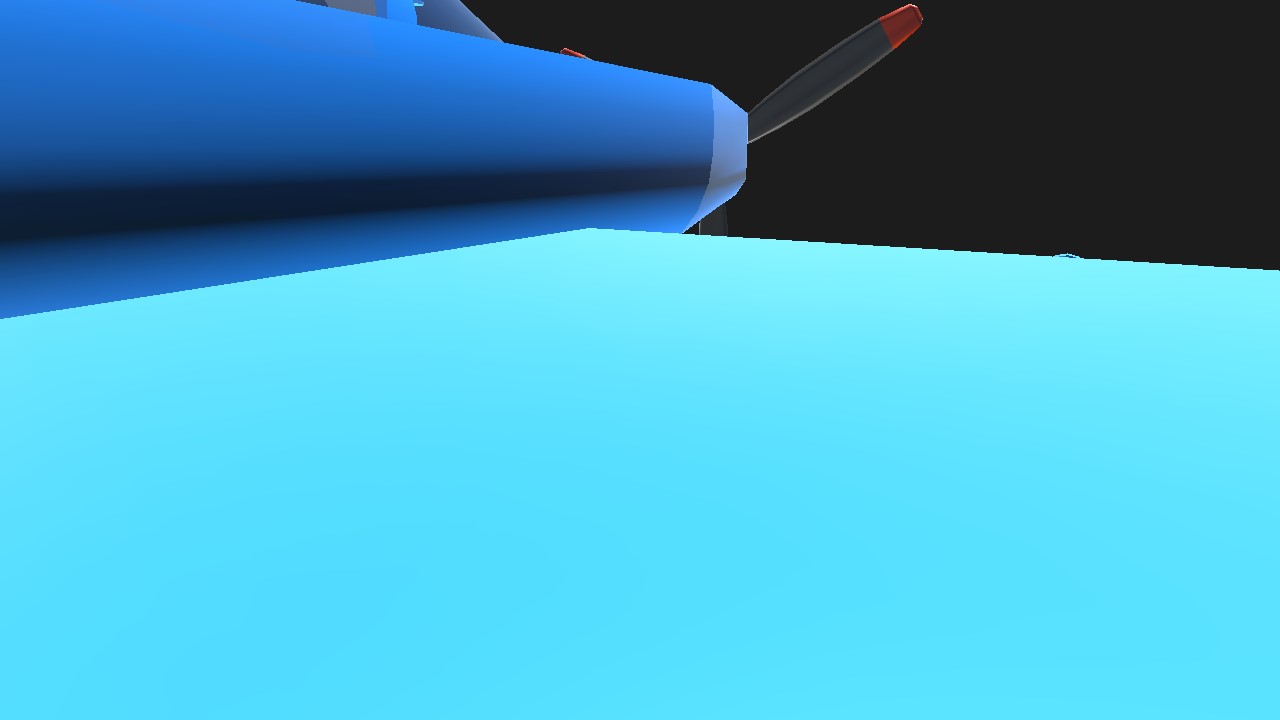
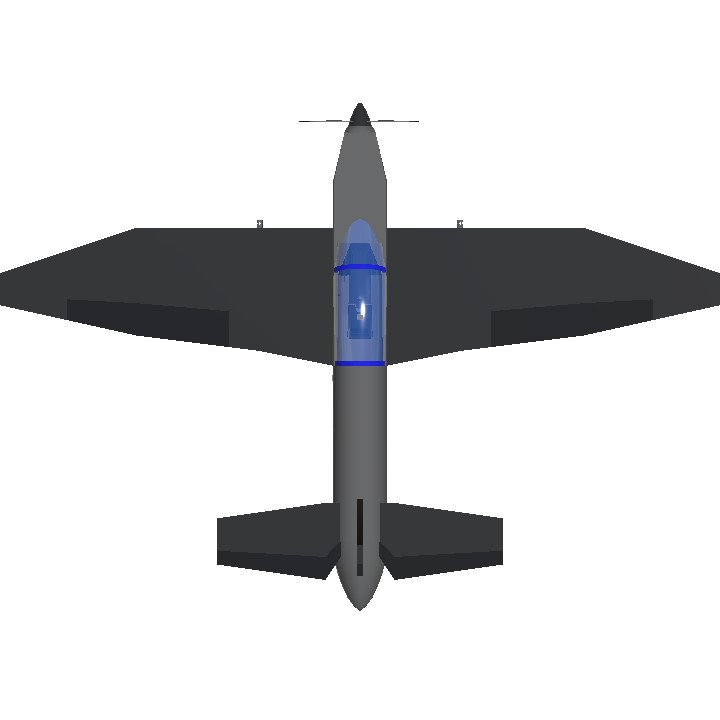
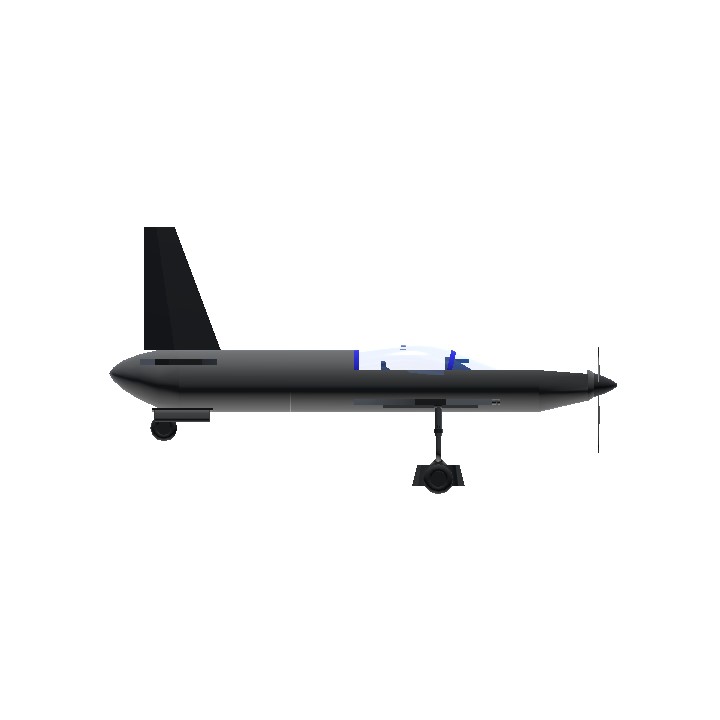

@Thestarter455 yeah
@Bryan5 I tried to build good wings, but it has this non-Spitfire wings now
He's Nice 👍